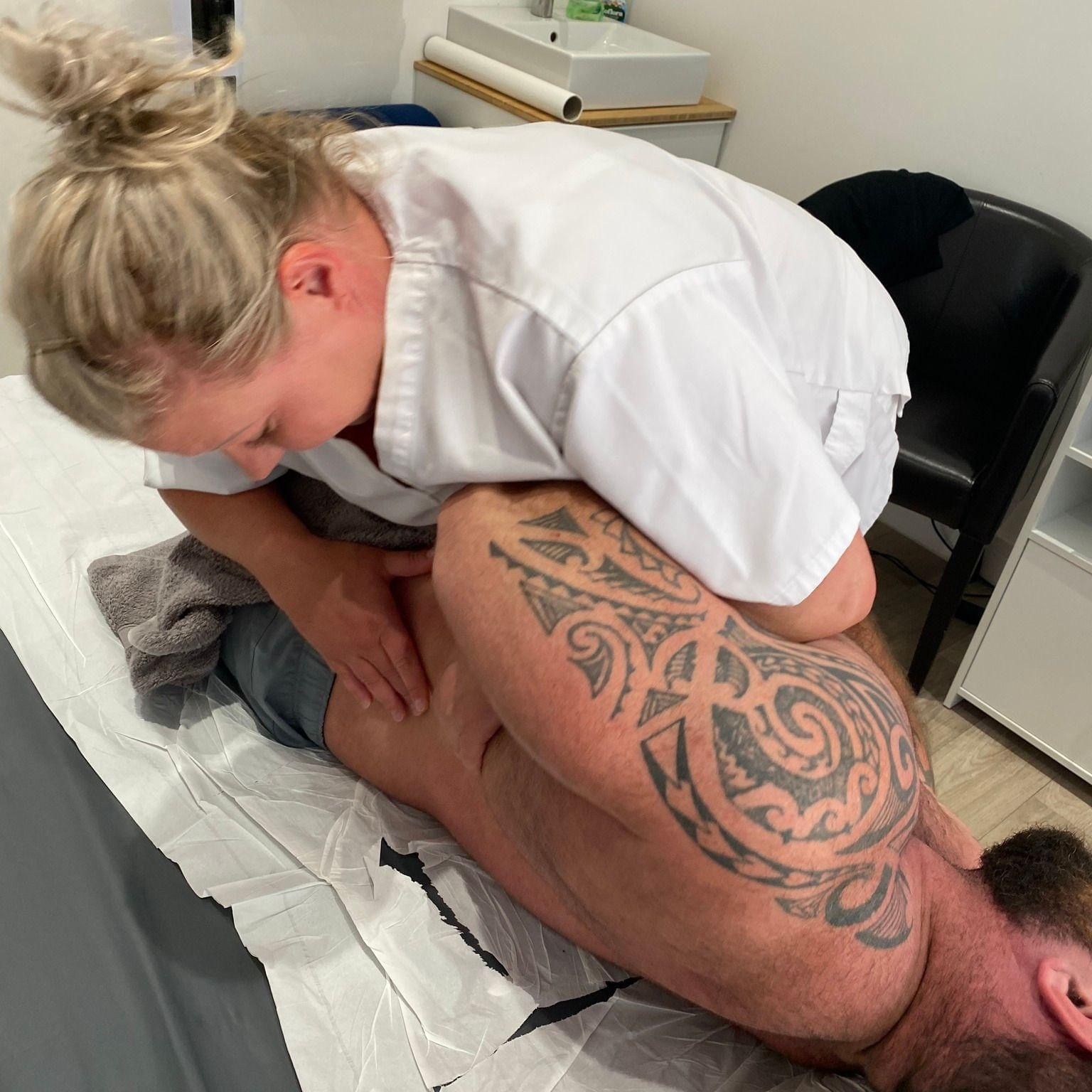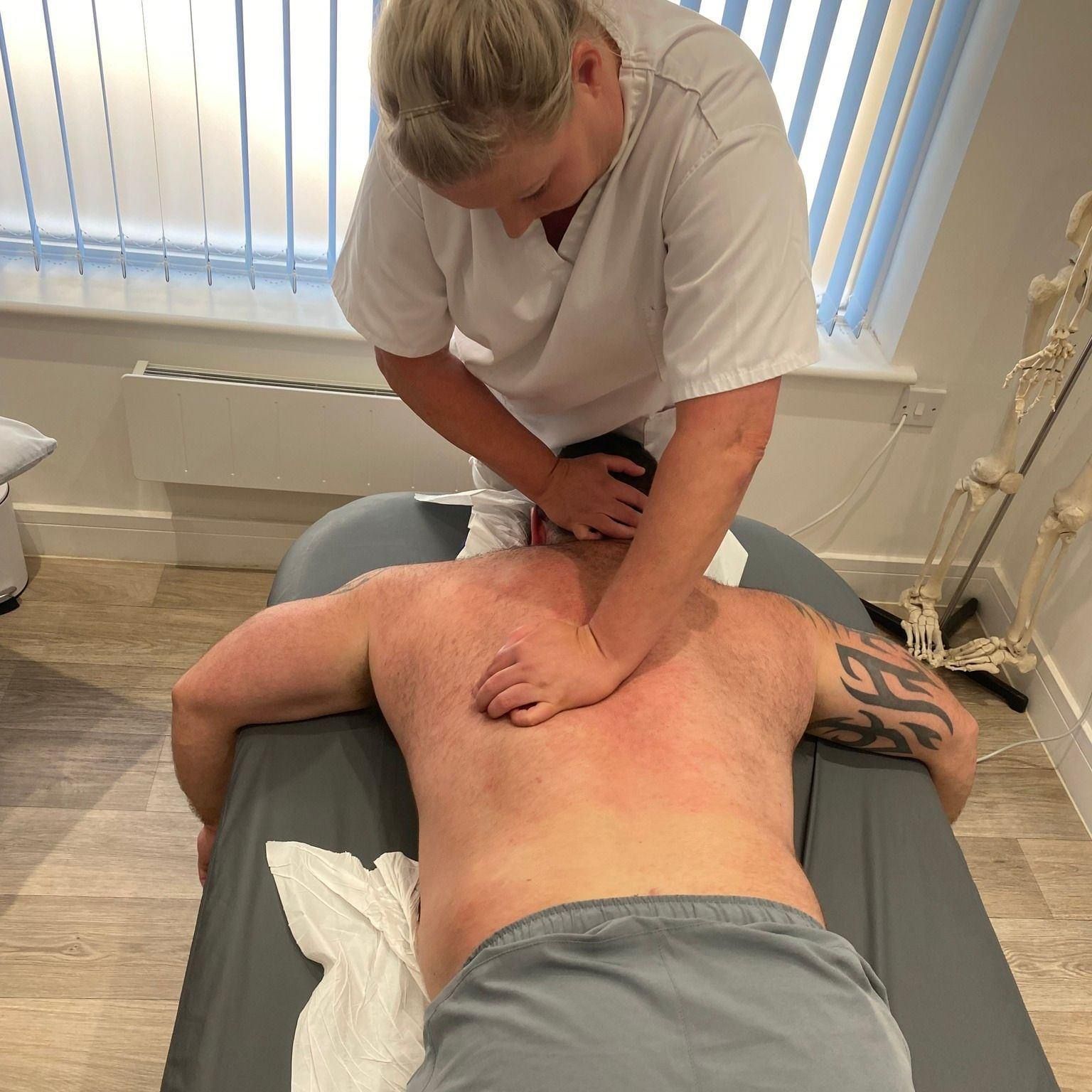SPINAL MANIPULATION
Spinal Manipulation

Spinal manipulation
Also called HVT/ HVLA- High velocity, low amplitude treatment is designed to relieve pressure on joints, reduce inflammation and improve spine and nerve function.
In spinal manipulation, the practitioner uses their hands to apply a controlled, sudden force to a specific joint. Patients often hear popping noises, like when you crack your knuckles.
Most people at some point have heard cracking or grinding noises in their joints upon movement. These sounds, also called crepitus, are usually painless and typically do not represent anything serious.
However, if the cracking noise is accompanied by pain, swelling, or some other concerning symptoms, then it may represent a problem that should be checked by a qualified health professional.
Various studies have been performed purposely cracking the joints, but the conclusions in medical literature as to what is actually making the noise have been mixed. In particular, a study published in 1971 indicated that the cracking sound of a joint was caused by the bursting of a gaseous bubble in the joint’s fluid.
Another possible factor in joint cracking could be the snapping sound of ligaments and/or tendons as they move over bones or other muscles or tendons located in the region.

Is it safe?
This is a safe, relatively gentle and pain-free manipulation of a joint in order to restore normal movement and function, whether in the spine or the upper or lower limbs of the body. By applying a short-ranged and fast impulse through the joint, the osteopath takes the joint just slightly further than it is used to going. Although it can sometimes feel as if force is being used, the joint is not taken further than it is capable of moving. Sometimes you can hear a clicking or popping noise when the joint is being moved and patients can find this disconcerting at first. However, the noise is perfectly normal and, contrary to the popular misconception, is not the sound of a bone crack. As well as increased mobility, patients can feel invigorated and often report an increased sense of well-being following the procedure.

Does the popping sound always occur?
Patients often listen for the tell-tale noise as a sign that the High-Velocity, Low-Amplitude Thrust procedure has worked. However, a pop, click or cracking noise will not always be heard – even if a joint has been released. The larger the joint, the less likely it is to make a popping sound. The relaxation of the surrounding muscles and increased flexibility and movement in the joint are far more important signs of the technique working.
CLINIC HOURS
Monday 0900 - 1900 excluding B/H
Tuesday 0900 - 1900
Wednesday 0900 - 1900
Thursday 090 - 1900
Friday 0800 - 1500
Saturday 0800 -1200
Sunday CLOSED